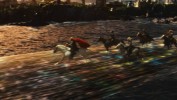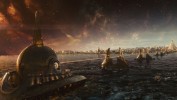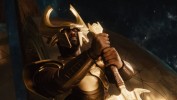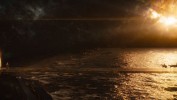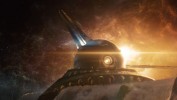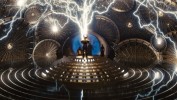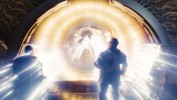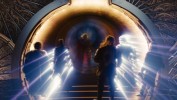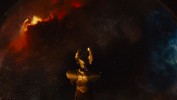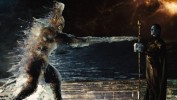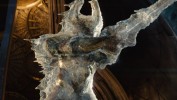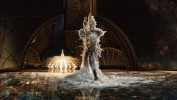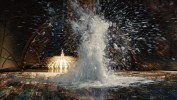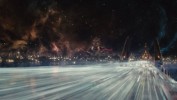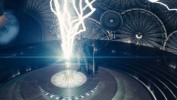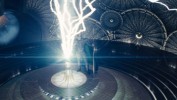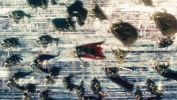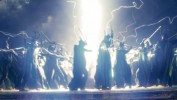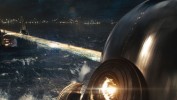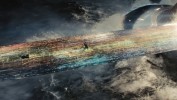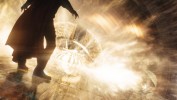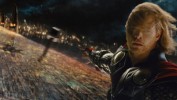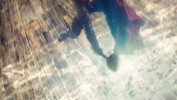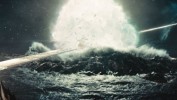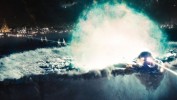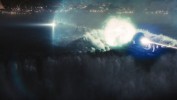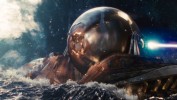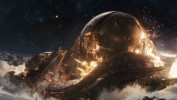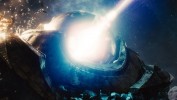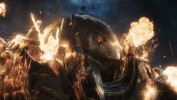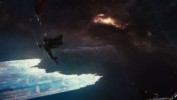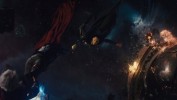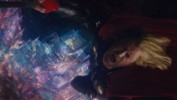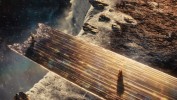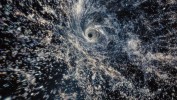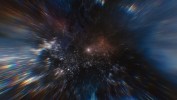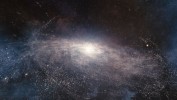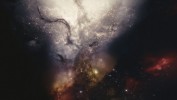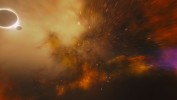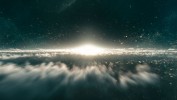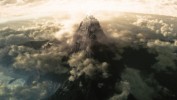Thor
DIRECTOR : Kenneth Branagh
PRODUCTION : Marvel Studios
VFX SUPERVISORS : Pierre Buffin / Geoffrey Niquet / Nicolas Chevallier
VFX PRODUCERS : Nicolas Delval / Pierre Escande
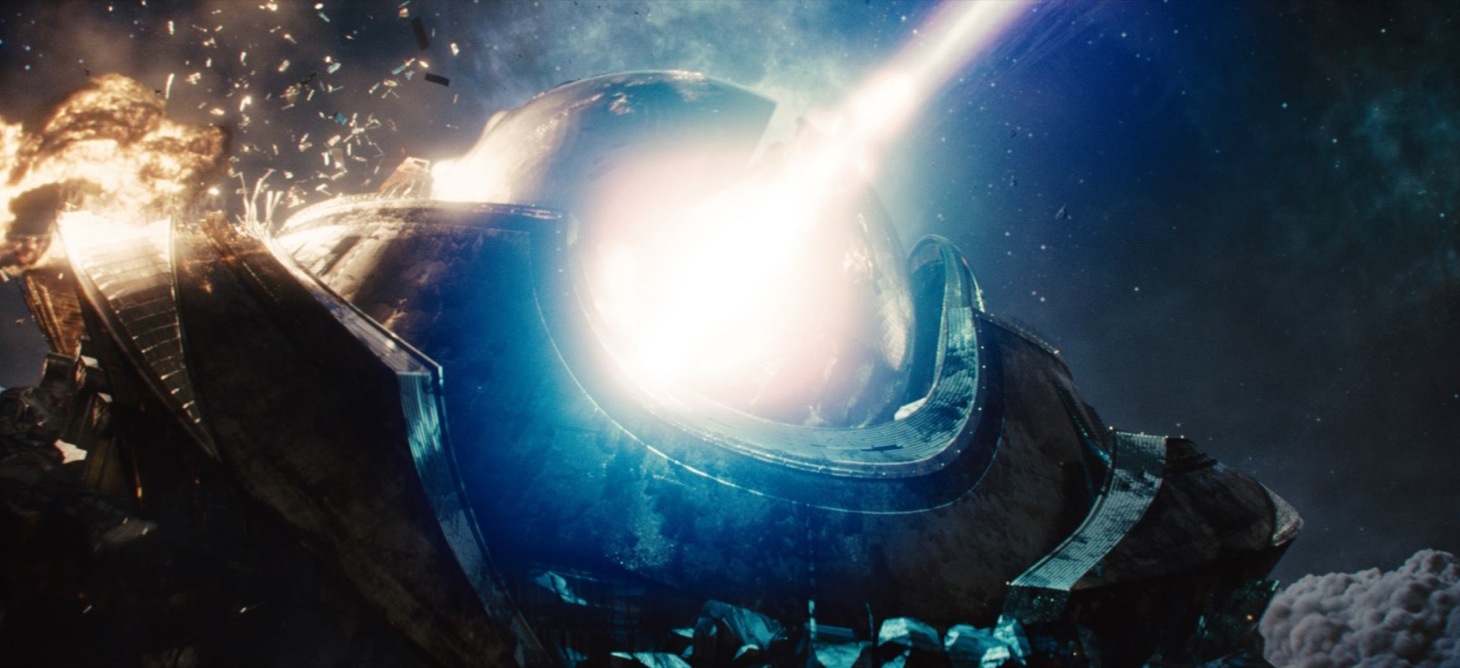
MAKING OF : Jerome Pesnel
MUSIC : Beak> - Iron Acton / Amon Tobin - Eight Sum
NUMBER OF SHOTS : 288
Production notes
Thor is an American superhero film based on the comic book character of the same name published by Marvel Comics. Released by Paramount Pictures in May 2011, Thor is the fourth film released as part of the Marvel Cinematic Universe.
The film was directed by Kenneth Branagh, and stars Chris Hemsworth, Natalie Portman, Tom Hiddleston, and Anthony Hopkins.
The film tells the story of Thor, a god who is exiled from his homeland of Asgard to Earth. While there, he builds a relationship with scientist Jane Foster. However, Thor must stop his brother Loki, who intends to become the new king of Asgard.
BUF spent a year creating spectacular visual effects for the film. Here’s how they accomplished it:
The Cosmos Effect
BUF designed the cosmos and video sequence where the viewer approaches the realm of Asgard from space. The challenge was to represent an imaginary part of the cosmos in a realistic way while respecting the elements depicted in the comic book.
The BUF team took inspiration from nebulae clouds, Mandelbrot’s fractal imagery, and Jack Kirby’s original comic book drawings as reference. They blended recognizable shapes with imagery from the Hubble telescope and pictures from Celtic mythology. They also used 3D particles rendered as smoke, volumetric shading, highly detailed textures and recursive modeling.
For the design of Asgard, the volcanic island of Bora Bora was a reference with its blue turquoise waters and a mountain in the center.
The Rainbow Bridge
The Rainbow Bridge is a key location for the film’s action. The bridge links the center of Asgard to an observatory and feeds it with energy. To achieve a crystalline appearance illuminated by pulsing lights, the film’s production team built a section of the bridge on set, and in postproduction BUF extended the bridge, adding multi-colored lights flowing through the bridge and the observatory.
The difficulty was to seamlessly combine the images created by several different CGI companies. Many tests were done to define the structure of the bridge and give the impression of scale. Work was put into crafting details and adding imperfections to the crystals. BUF collected real pieces of crystal rock as reference and tried to replicate all of their physical properties to make sure the CG rendering of the bridge would work across all types of shots.
The Asgard Ocean
To represent the physical borders of the realm it was decided to show an entire ocean in free-fall, like a waterfall of epic proportions. Salto Angel Falls in Venezuela was used as a reference. BUF then applied color grades, mixing day with night, accentuating a feeling of “the edge of the world”.
BUF created various states of the ocean, between calm and fury. The process began by using real world references for the coloring (Brittany coast), and then creating basic 3D models. CGI artists programmed a model of the sea, then added details in successive layers.
Heimdall’s Observatory and the Bifrost
Thor
Thor is an American superhero film based on the comic book character of the same name published by Marvel Comics. Released by Paramount Pictures in May 2011, Thor is the fourth film released as part of the Marvel Cinematic Universe.
The film was directed by Kenneth Branagh, and stars Chris Hemsworth, Natalie Portman, Tom Hiddleston, and Anthony Hopkins.
The film tells the story of Thor, a god who is exiled from his homeland of Asgard to Earth. While there, he builds a relationship with scientist Jane Foster. However, Thor must stop his brother Loki, who intends to become the new king of Asgard.
BUF spent a year creating spectacular visual effects for the film. Here’s how they accomplished it:
The Cosmos Effect
BUF designed the cosmos and video sequence where the viewer approaches the realm of Asgard from space. The challenge was to represent an imaginary part of the cosmos in a realistic way while respecting the elements depicted in the comic book.
The BUF team took inspiration from nebulae clouds, Mandelbrot’s fractal imagery, and Jack Kirby’s original comic book drawings as reference. They blended recognizable shapes with imagery from the Hubble telescope and pictures from Celtic mythology. They also used 3D particles rendered as smoke, volumetric shading, highly detailed textures and recursive modeling.
For the design of Asgard, the volcanic island of Bora Bora was a reference with its blue turquoise waters and a mountain in the center.
The Rainbow Bridge
The Rainbow Bridge is a key location for the film’s action. The bridge links the center of Asgard to an observatory and feeds it with energy. To achieve a crystalline appearance illuminated by pulsing lights, the film’s production team built a section of the bridge on set, and in postproduction BUF extended the bridge, adding multi-colored lights flowing through the bridge and the observatory.
The difficulty was to seamlessly combine the images created by several different CGI companies. Many tests were done to define the structure of the bridge and give the impression of scale. Work was put into crafting details and adding imperfections to the crystals. BUF collected real pieces of crystal rock as reference and tried to replicate all of their physical properties to make sure the CG rendering of the bridge would work across all types of shots.
The Asgard Ocean
To represent the physical borders of the realm it was decided to show an entire ocean in free-fall, like a waterfall of epic proportions. Salto Angel Falls in Venezuela was used as a reference. BUF then applied color grades, mixing day with night, accentuating a feeling of “the edge of the world”.
BUF created various states of the ocean, between calm and fury. The process began by using real world references for the coloring (Brittany coast), and then creating basic 3D models. CGI artists programmed a model of the sea, then added details in successive layers.
Heimdall’s Observatory and the Bifrost
BUF generated several key scenes with characters travelling across the Bifrost, a ray of light transporting characters from one realm to another.
BUF’s research and development considered ways in which characters might experience travel through the Bifrost. The final concept was inspired by the effect of jet engine on people as if they were being lifted, pulled and stretched. The characters became pure light during their journey.
Heimdall, the observatory’s guardian, was filmed in a partial set with a green screen, and then BUF mapped a cosmic scene to the background. During the action, Heimdall inserts his sword into a mechanism at the center of the observatory, activating the Bifrost portal to transport Thor and his companions to another realm. To achieve this effect, BUF built a 3D model to complete the dome, and added energy arcs, the Bifrost portal and the swirling mechanism beneath the observatory floor.
CG Actor Doubles
After Odin banishes Thor and exiles him to Earth, Thor’s brother Loki uses his magic powers to encase Heimdall in ice. Branagh filmed this scene with the actor receiving a blast of ice energy that melds him to the Rainbow Bridge. BUF then generated a 3D model of the character and created the icy blast encasing his body with simulating fluid particles, then translated them to crystalline.
In the final act, Thor and Loki engage in a fight on the Rainbow Bridge. This scene was partly shot on a green screen set with the actors. BUF then generated CG doubles for the actors using a generic digital human that they adapted to the characters. These models had bones and muscles that could be animated. BUF then rotoscoped the real actors from plates and applied photographic textures to the models. When the characters fought, the team could modify the doubles’ movements by animation when necessary.
Some shots were achieved by the sole use of digi-doubles. In these shots, BUF always connected it to live action by rotoscoping the CG doubles to the actors at the start and end of the shot.
The Ice Tree/ Map of the Universe
Thor returns to Asgard and confronts Loki in Heimdall’s observatory, where the source of Bifrost has frozen into the shape of a crystal tree, traversing and covering the dome ceiling in glassy branches.
The production filmed a translucent resin prop for the tree trunk and roots on set. BUF then digitally added enhanced details to the observatory dome and exterior environment by extending the crystal tree’s roots and branches and, in some cases, replaced the physical tree with a CG version with extra refractive effects.
The Observatory’s Explosion
At the climax of Thor’s battle with Loki, the Rainbow Bridge shatters and the two characters hang over the abyss, while Heimdall’s observatory falls away behind them. BUF’s challenge was to show the destruction of the observatory and bridge. These shots involved simulating the combination of water, fire, steam, rocks and metal.
BUF handled the performer composites, generated the fragments of the glowing Rainbow Bridge, animated chunks of material tumbling into the void, and CG flames created from multilayered particle effects.
The Prologue / End Sequence
The film concludes with an epic shot that travels through the cosmos. BUF generated this end-title sequence, which was initially meant to be the opening sequence in earlier versions.
This cosmic journey involved a series of nested zooms and pullbacks crossing multiple layers of nebulae. The first challenge was scale. BUF had to describe the shape of the universe in a brief amount of time while keeping the scale realistic. They also had to deal with an apparently infinite 3D scene. The team applied effective color associations to light the different realms. They played with focal depth to give the impression of speed and scale, and created a “temporal lens” effect, where the viewer sees multiple places at the same time.
BUF developed in-house rendering tools, an optimized stereo renderer and refinements for volumetric shaders to create different types of cloud effects. It was an incredible amount of work accomplished by a large and dedicated team of artists.



